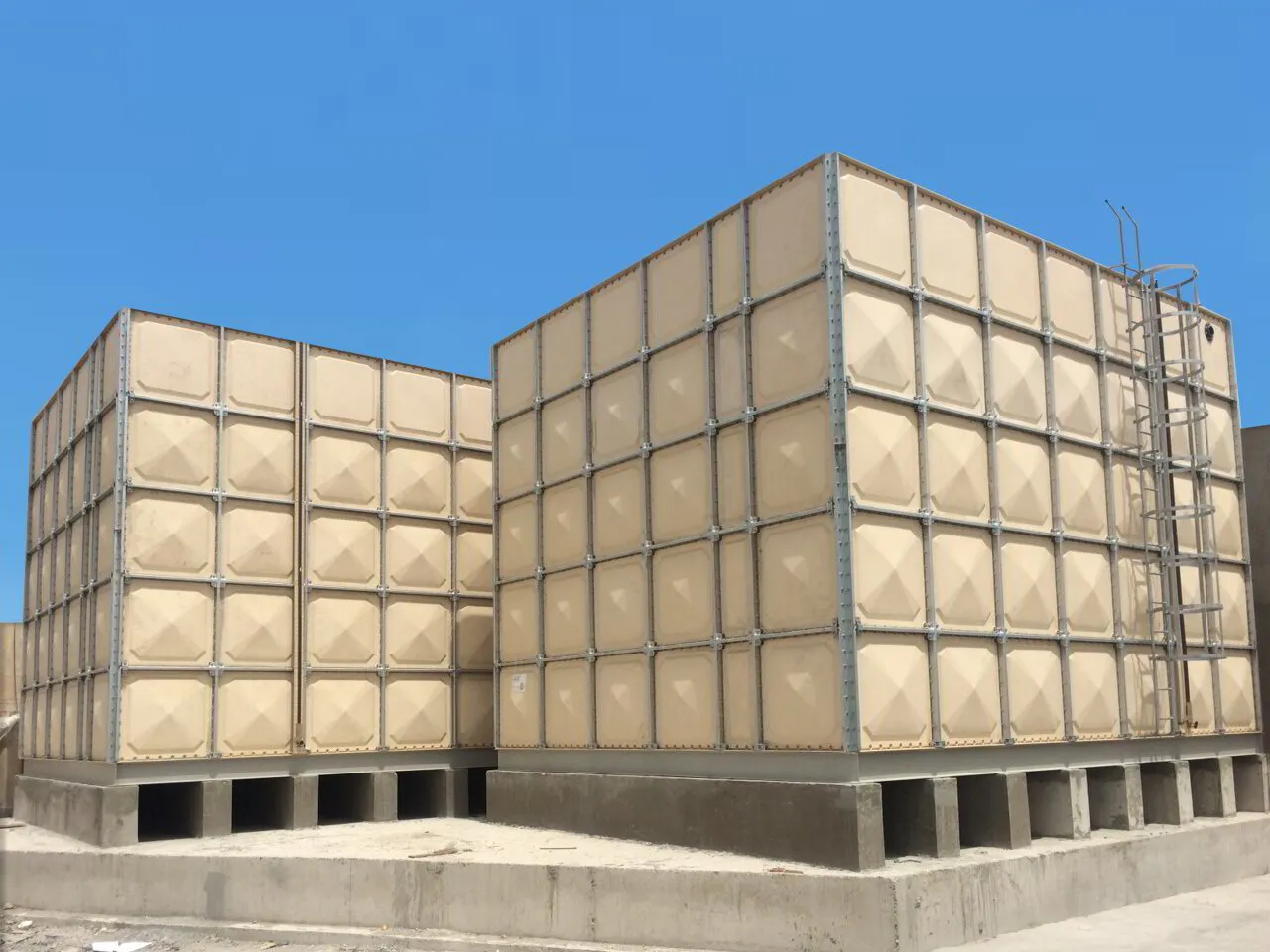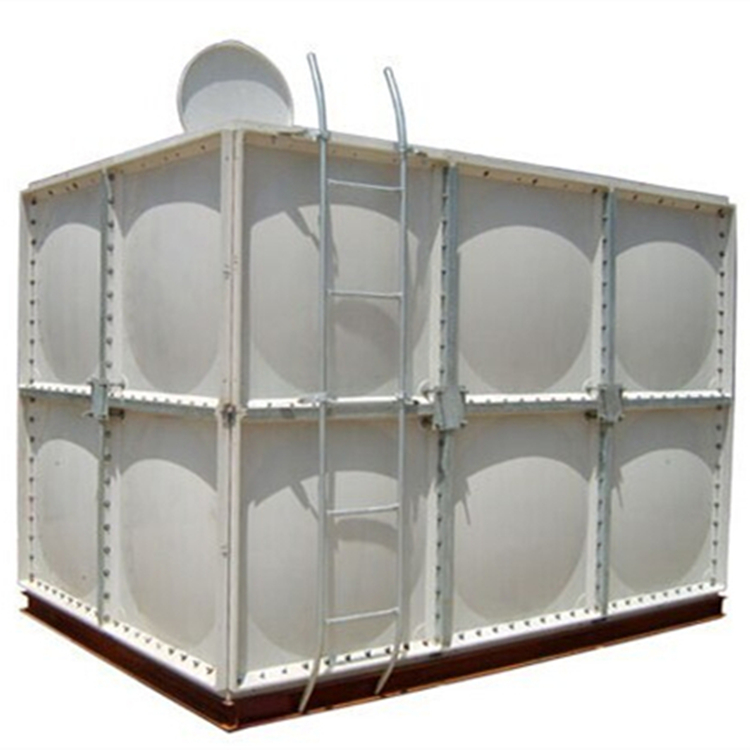Common Mistakes to Avoid When Installing GRP Water Tanks

Common Mistakes to Avoid When Installing GRP Water Tanks
In large-scale construction, industrial plants, and municipal projects, GRP (Glass Reinforced Plastic) water tanks have become the gold standard for modern water storage. Their durability, corrosion resistance, and modular design make them far superior to steel, concrete, or plastic tanks.
However, even the most advanced tanks can underperform or fail prematurely if they are not installed correctly. Over the years, Aquosys Limited has seen recurring errors that compromise performance, increase costs, and shorten the lifespan of GRP tanks.
This guide explores the most common mistakes engineers, contractors, and project managers make when installing GRP water tanks in Kenya and across East Africa—and how to avoid them.
Why Installation Matters as Much as Tank Design
Even with the best GRP panels, reinforcement, and design, a poorly installed tank can suffer from:
-
Structural weakness.
-
Water leakage.
-
Contamination risks.
-
Reduced capacity or performance.
-
Expensive downtime and repairs.
For mission-critical applications such as hospitals, high-rise buildings, schools, and industries, avoiding installation mistakes is non-negotiable.
Mistake 1: Poor Foundation Preparation
The foundation is the backbone of a GRP tank. One of the biggest errors contractors make is installing tanks on uneven or weak foundations.
What Goes Wrong:
-
Uneven settlement causes panel misalignment.
-
Overloaded areas develop cracks or leaks.
-
Tank lifespan is significantly reduced.
Best Practice:
-
Conduct a detailed site survey.
-
Build a level, reinforced concrete base with proper load distribution.
-
Ensure compliance with building codes and engineering standards.
Learn more about foundation and panel integrity on our Characteristics page.
Mistake 2: Incorrect Reinforcement Selection
GRP tanks often require reinforcement using internal tie rods or external bracing. Choosing the wrong method—or skipping reinforcement altogether—leads to catastrophic issues.
What Goes Wrong:
-
Panels bow out under water pressure.
-
Structural cracks form at stress points.
-
The tank fails under full load.
Best Practice:
-
Assess tank size, height, and capacity.
-
For large tanks, use external tie rods; for compact tanks, internal tie rods may suffice.
-
Refer to Aquosys’ Reinforcement guide for engineered solutions.
Mistake 3: Ignoring Partitioning Requirements
In many projects, especially hospitals and industries, tanks must be partitioned for operational flexibility. Ignoring this need during installation leads to costly retrofits.
Best Practice:
Plan for partition type tanks if the project requires uninterrupted water supply during cleaning or segregation of water grades.
Mistake 4: Skipping Proper Sealing and Waterproofing
Even high-quality GRP panels require correct sealing during assembly. Poor sealing is one of the most common sources of leaks.
What Goes Wrong:
-
Gaps between panels cause leakage.
-
Improperly applied sealants wear out quickly.
Best Practice:
-
Use manufacturer-approved sealants.
-
Apply evenly with correct overlap and curing time.
-
Conduct leak tests before commissioning.
Mistake 5: Overlooking Insulation in Hot Climates
In East Africa’s climate, uninsulated tanks face extreme heat, which accelerates bacterial growth and reduces water quality.
Best Practice:
Install proper insulation systems to maintain safe water temperatures.
Mistake 6: Poor Access Planning for Maintenance
Engineers sometimes overlook access points such as manholes, ladders, and cleaning hatches. This makes maintenance difficult and unsafe.
Best Practice:
-
Incorporate safe access from the design stage.
-
Provide partitioned access if using multiple compartments.
-
Ensure compliance with hygiene and safety standards.
Mistake 7: Rushed or Unskilled Installation
GRP tanks are modular, but they require expert handling. Using untrained laborers often results in panel damage or assembly errors.
Best Practice:
-
Work with certified professionals.
-
Aquosys’ installation team provides skilled assembly and supervision for projects across East Africa.
Mistake 8: Neglecting Safety Protocols
Improper safety practices during installation put workers and the project at risk.
Best Practice:
Always follow caution guidelines regarding lifting, assembly, and on-site safety.
Mistake 9: Choosing the Wrong Tank Size or Design
Some projects underestimate water demand, while others over-design, leading to wasted costs.
Best Practice:
-
Conduct a water demand analysis before ordering.
-
Consult Aquosys engineers for customized tank designs.
-
Review case studies in our Portfolio.
Mistake 10: Lack of Post-Installation Testing
A major oversight is failing to test tanks after installation.
Best Practice:
-
Perform leak, pressure, and hygiene tests.
-
Verify compliance with project specifications before handover.
-
Document results for future maintenance reference.
Long-Term Impacts of Installation Mistakes
Ignoring best practices in GRP tank installation can lead to:
-
Financial losses from repairs or replacement.
-
Downtime in critical facilities like hospitals and industries.
-
Health risks due to water contamination.
-
Reduced ROI despite using premium tank materials.
How Aquosys Prevents Installation Errors
At Aquosys Limited, we understand that water storage is mission-critical. Our value lies in:
-
Expert engineering consultation from project start to finish.
-
Factory-tested GRP panels and reinforcements.
-
Certified installation teams with extensive field experience.
-
A proven record of successful projects showcased in our Gallery.
Conclusion
GRP tanks are the future of water storage in East Africa, but their success depends heavily on proper installation. By avoiding the mistakes highlighted in this guide, engineers and project managers can ensure long-lasting, efficient, and hygienic water storage solutions.
For best results, partner with Aquosys Limited—the region’s leader in GRP water storage engineering.
The Leader in GRP Water Storage Solutions
For large-scale and mission-critical projects requiring durable, hygienic, and long-lasting water storage, trust the experts at Aquosys Limited. Contact our engineering team to discuss your project requirements and receive a detailed quote.
COUNTRYWIDE & REGIONAL PROJECT SUPPORT AVAILABLE
✔ Expert Installation & Engineering Support
✔ Large-Scale & Custom Designs Available
✔ Serving Tanzania, Rwanda, South Sudan, Kenya, Ethiopia & beyond.
📞 Contact Our Sales Team:
Aquosys Limited
📧 Email: sales@aquosys.co.ke
📞 Phone: +254 754 750 750 | +254 729 749 749
🌐 Online Inquiry: Get in Touch with Us











